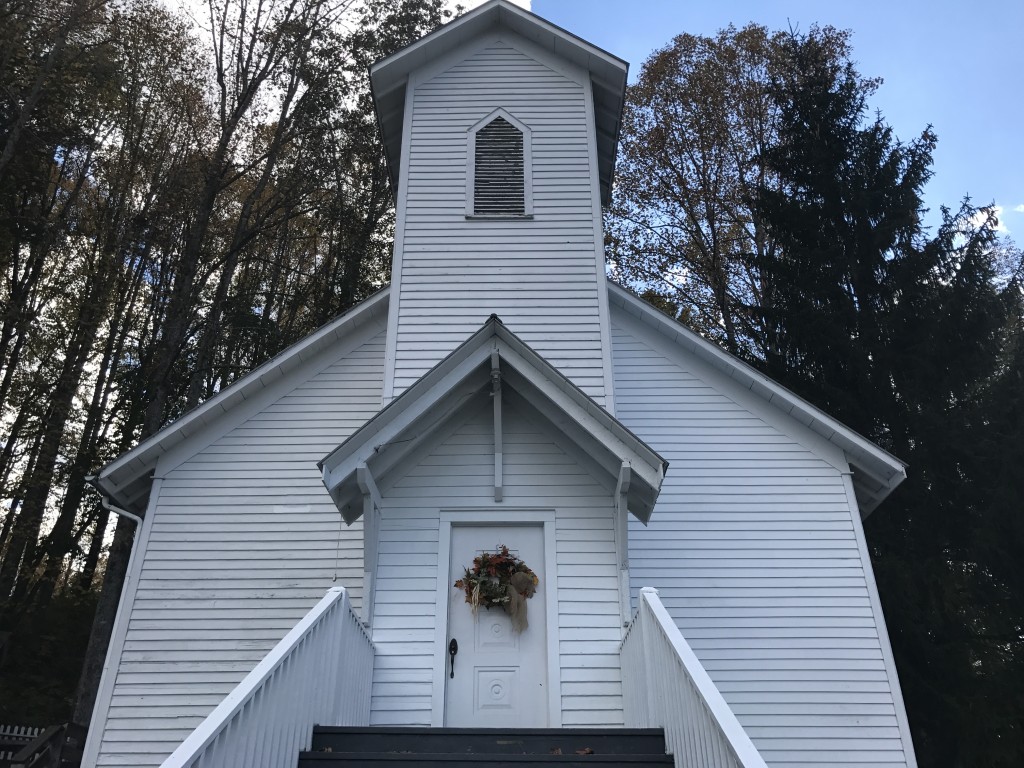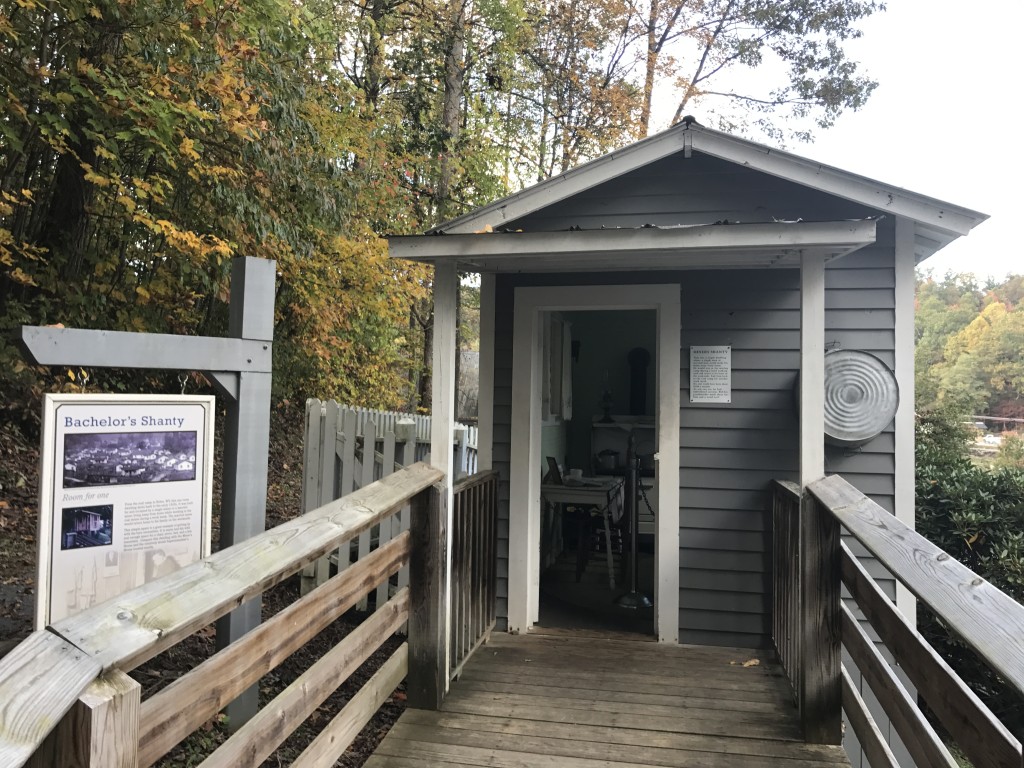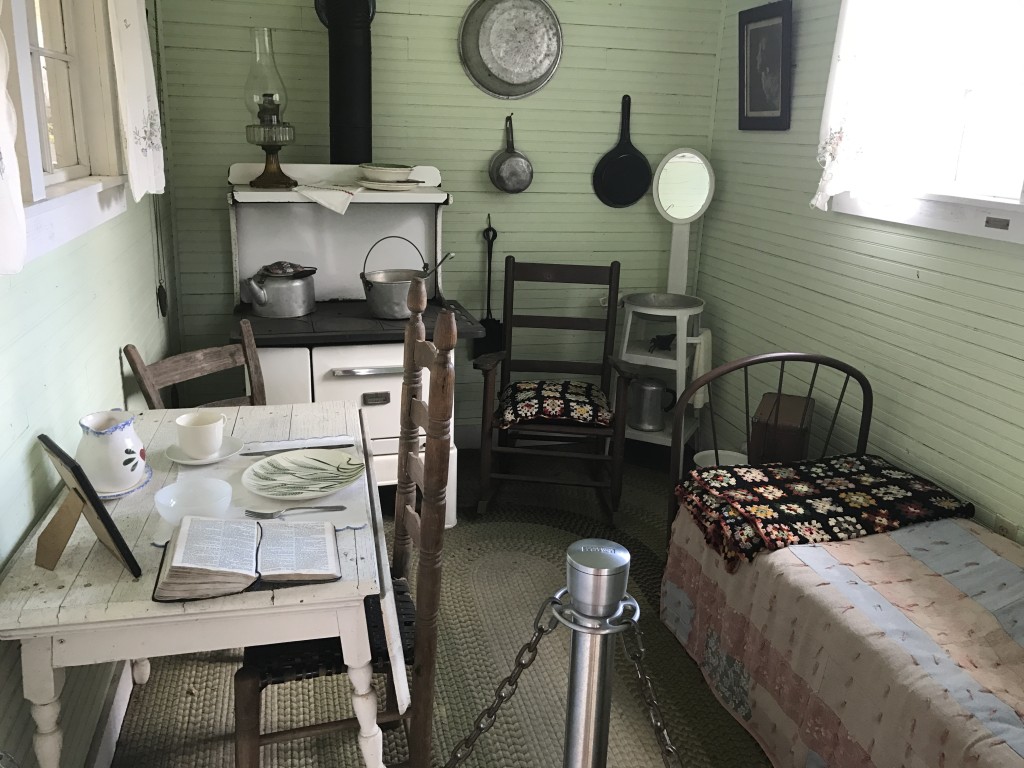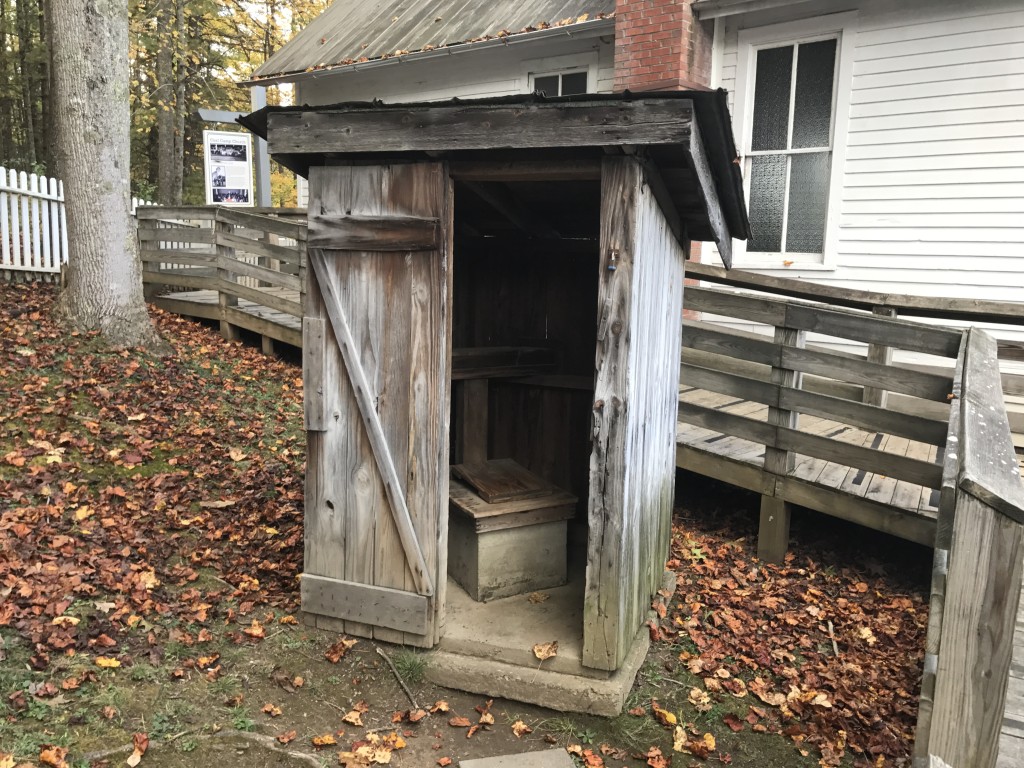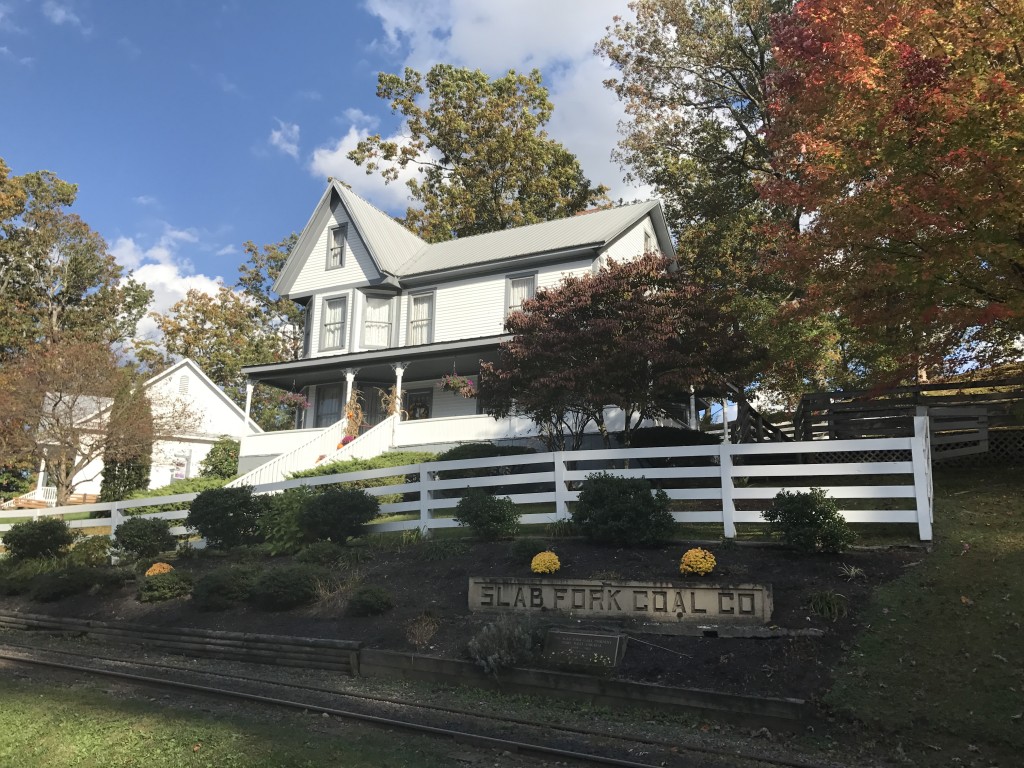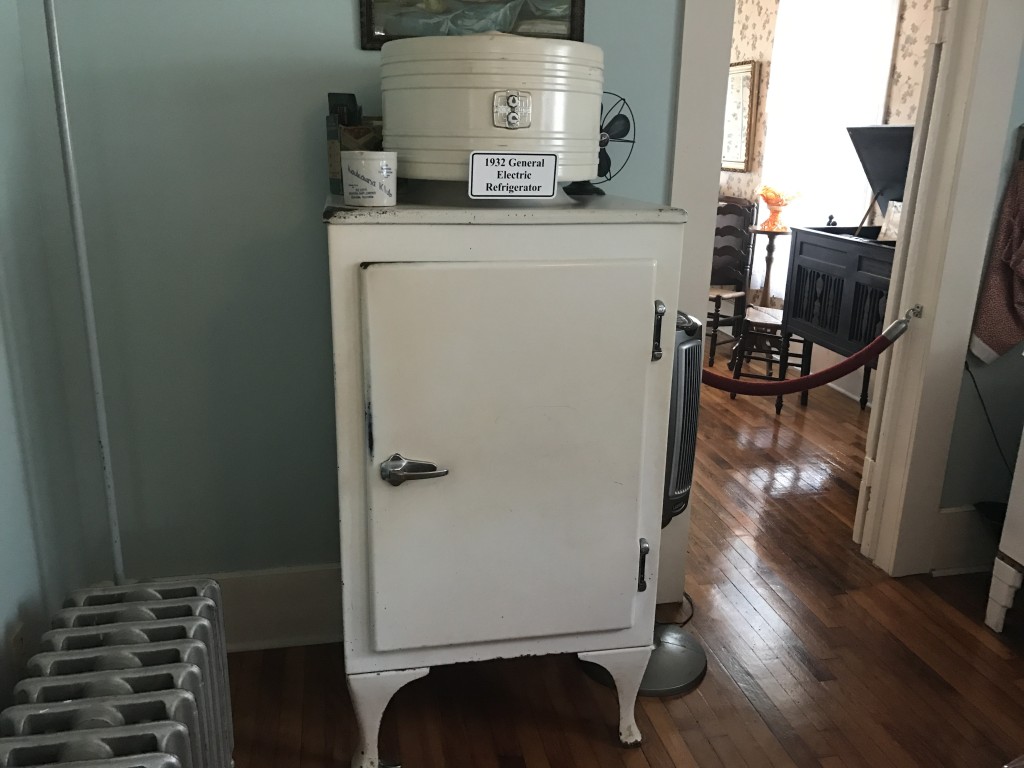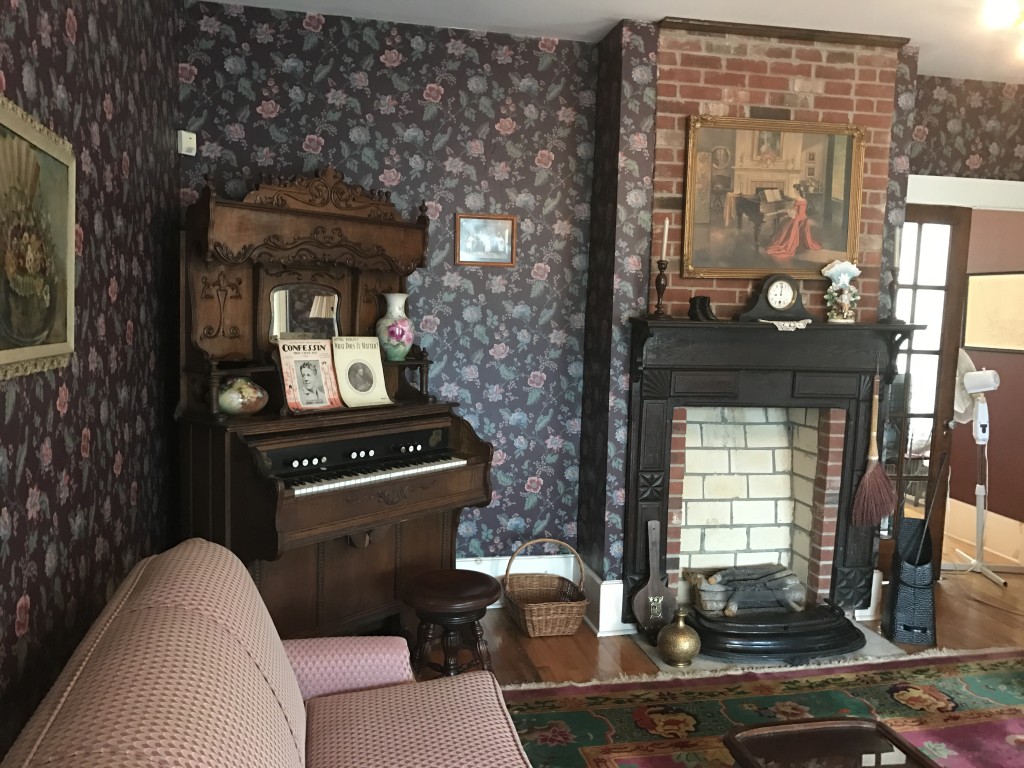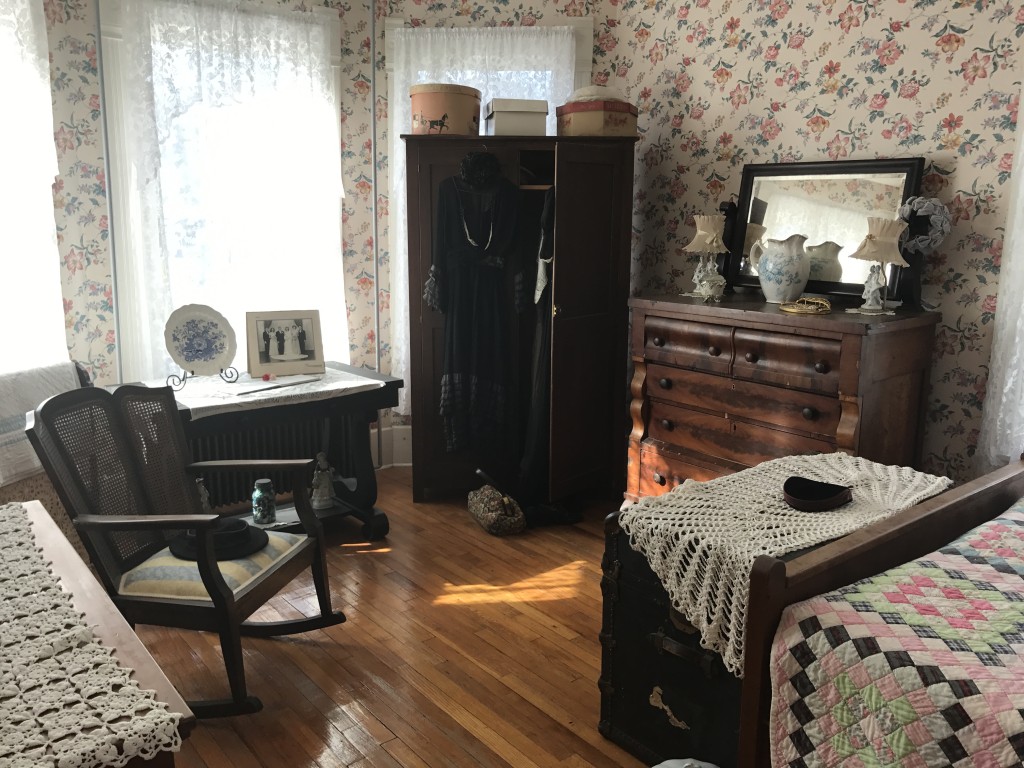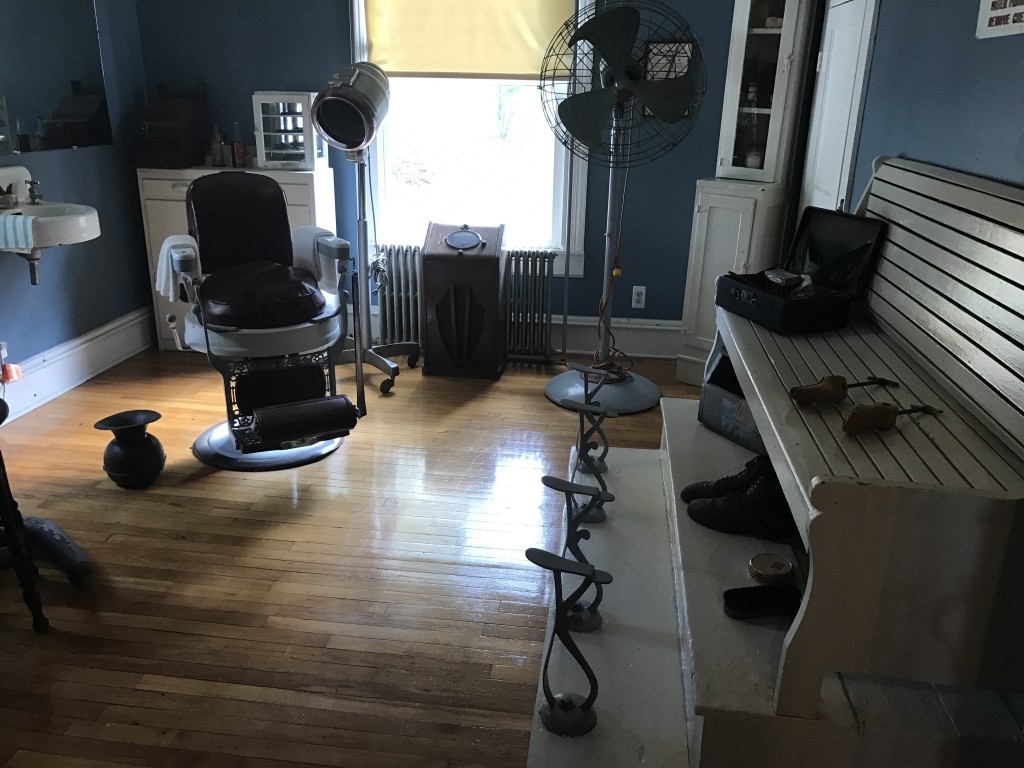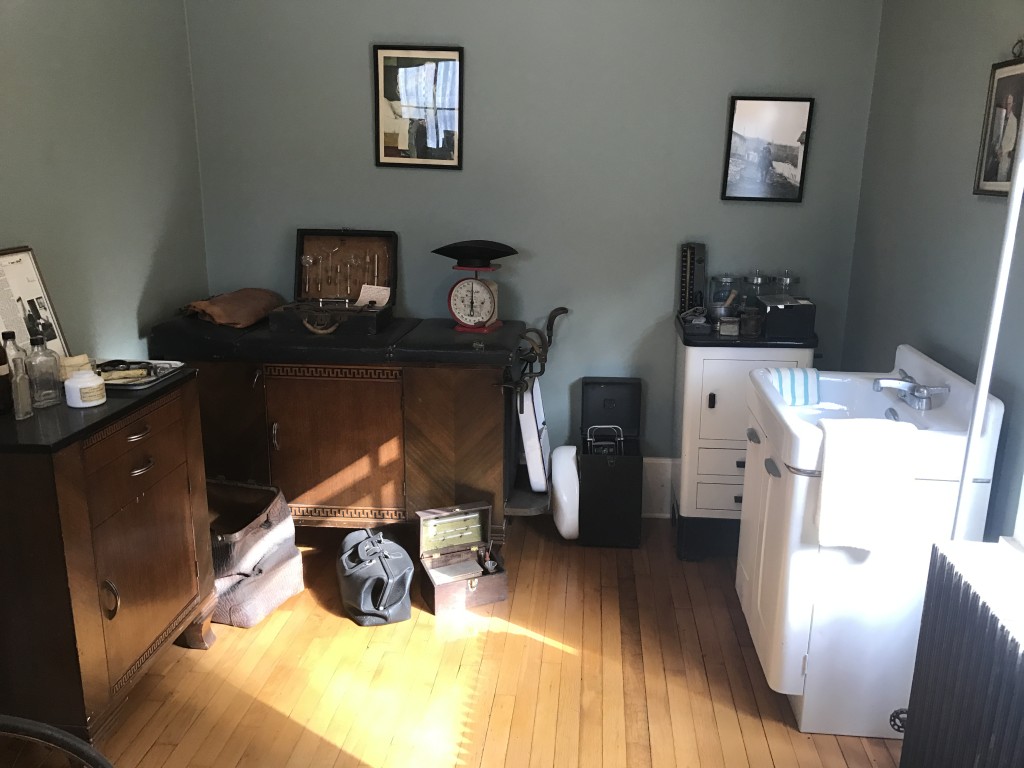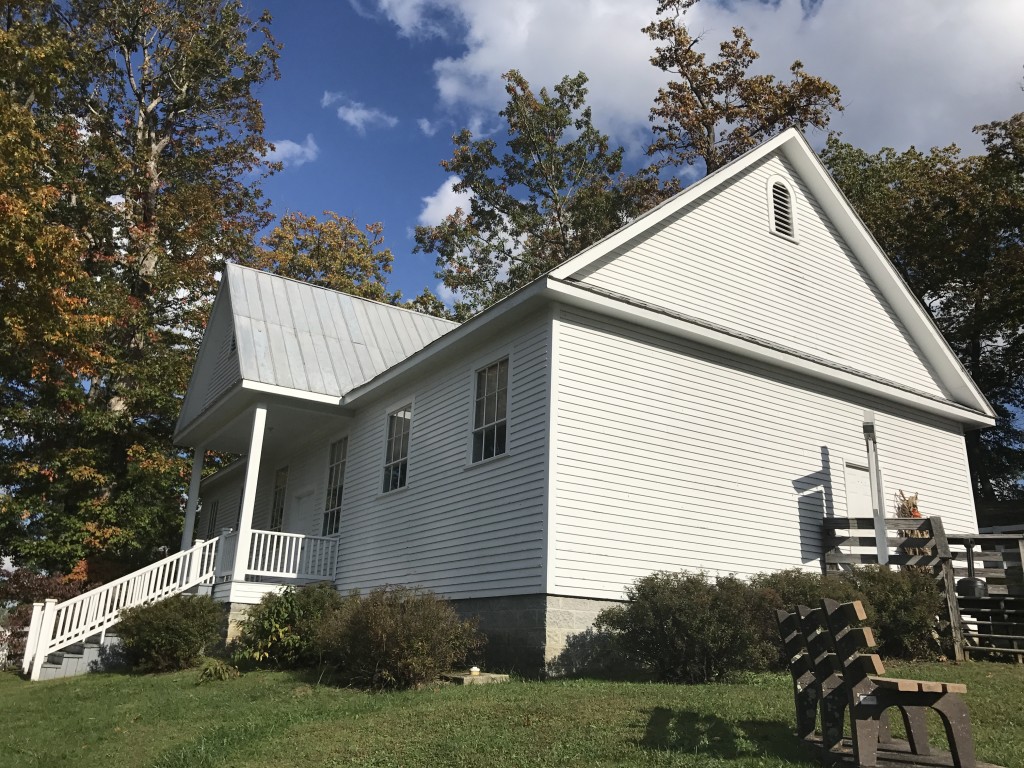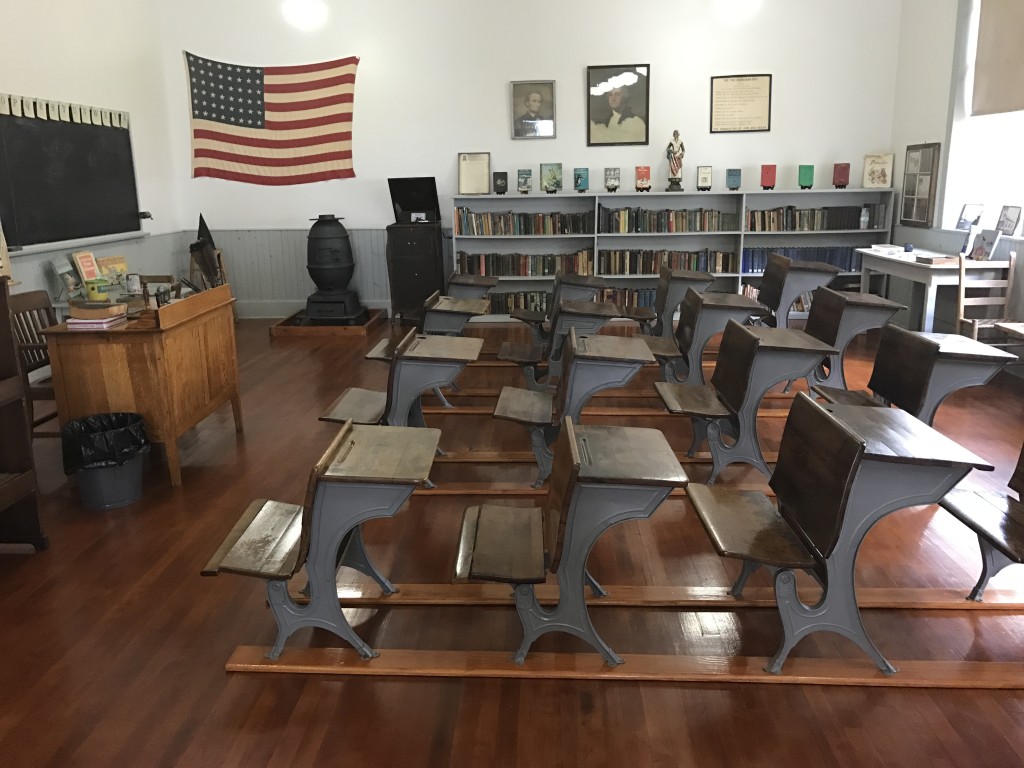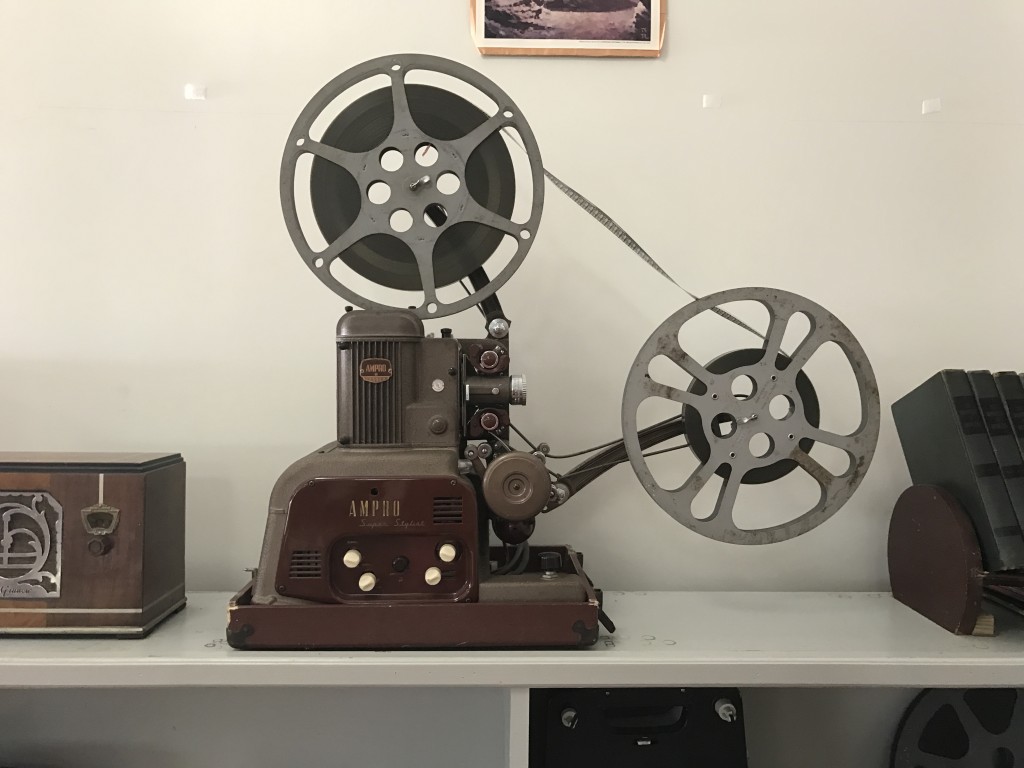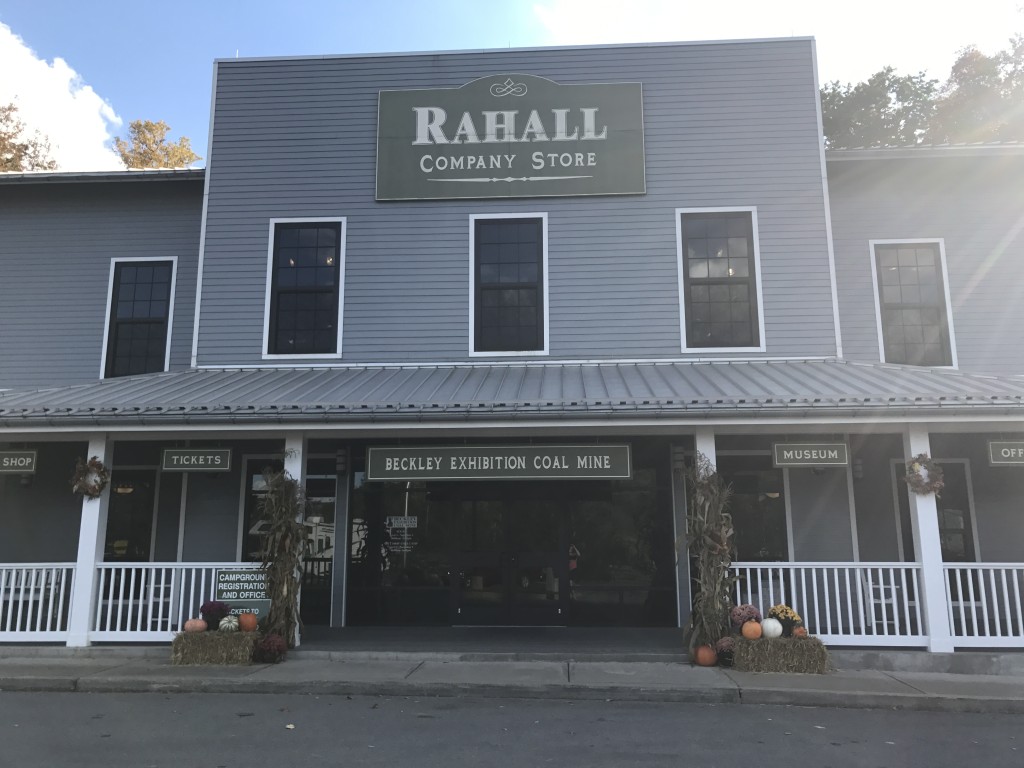When you visit the National Park Service website, you can find a listing of National Park sites by state. When we went to Ohio for my Aunt’s memorial service, Tom and I had an extra day to explore a few places along the way. So we visited the National Park Service website and looked up West Virginia. There we found the National Coal Heritage Area listed and decided to check it out on our way through.
The National Park Service website lists nine sites in West Virginia. Three of these sites are National Heritage Areas. A National Heritage Area is designated by Congress as a place where “natural, cultural, and historic resources combine to form a cohesive, nationally important story that celebrates our nation’s diverse heritage.” A National Heritage Area starts with a grassroots organization and partners with the National Park Service to promote historic preservation, conservation, recreation, and tourism. The National Park Service does not own or administer the sites in a Heritage Area. Instead, it advises and gives limited financial support. So, if you click on one of the three Heritage Areas in West Virginia (Wheeling, Chesapeake Bay, or Coal) on the NPS site, you will be taken outside the site to a locally managed site that talks about the places in the Heritage Area. Places started being designated National Heritage Areas in 1984. The National Coal Heritage Area was designated by an act of Congress in 1996.
So the National Coal Heritage Area is listed on the National Park website, but is not administered by the National Park Service. Consequently, when you visit the National Coal Heritage Area, you will not find any of the familiar NPS arrowhead signs.
Because I am a NPS passport stamp collector, my priority was getting the stamp that went with the National Coal Heritage Area. They have a list on their website of places where you can get the stamp, so we started at the first place on the list: the National Coal Heritage Office in Beckley, WV. Which turned out to be the Beckley Chamber of Commerce. They said the National Coal Heritage Office had moved to Oak Hill about three years prior. Obviously the web page was out of date. But they did know that the Beckley Exhibition Coal Mine had the passport stamp. So, after getting directions, we headed there.
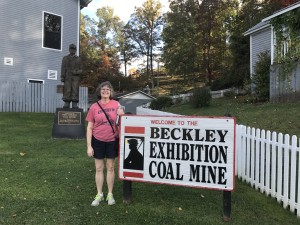 The Beckley Exhibition Coal Mine is administered by the City of Beckley and is considered one of their parks. It is a collection of buildings brought in and restored from various coal mines in the area. There is a bachelor shanty, a family house, a superintendent’s house, a church, and a schoolhouse. There is a homestead collection of buildings. On the site is also a youth museum. You can take an underground tour of the inactive Phillips-Sprague Mine which operated from 1889 until 1953. The underground tour is on coal cars and is led by a retired miner. There is an admission fee – $20 per person for the underground tour and admittance to the other buildings. Most important, I got the stamp!
The Beckley Exhibition Coal Mine is administered by the City of Beckley and is considered one of their parks. It is a collection of buildings brought in and restored from various coal mines in the area. There is a bachelor shanty, a family house, a superintendent’s house, a church, and a schoolhouse. There is a homestead collection of buildings. On the site is also a youth museum. You can take an underground tour of the inactive Phillips-Sprague Mine which operated from 1889 until 1953. The underground tour is on coal cars and is led by a retired miner. There is an admission fee – $20 per person for the underground tour and admittance to the other buildings. Most important, I got the stamp!
The Beckley Exhibition Coal Mine is one of about 25 sites that are part of the National Coal Heritage Area. Sites include mines, company coal towns, railroads, museums, historic towns, and monuments. If you visited each one, you would travel through 13 southwestern West Virginia counties and travel along a 187 mile route.
If you are interested in visiting the National Coal Heritage Area, I suggest that you send away for the Driving Guide by calling (855) 982-2625. The website does not have this driving guide. The website itself is not very clear about where the sites are located. And, as we found out, the website is also out of date.
Coal is an important part of our national heritage, fueling much of our industrial growth. Knowing where the coal comes from and how it is mined is important in understanding the history of our country. Spending some time in the National Coal Heritage Area can increase your knowledge and understanding of this.

